May 10, 2019
Auschwitz: Not long ago. Not far away opened this week at the Museum of Jewish Heritage downtown near Battery Park. It’d be hard to find an American adult who’s unfamiliar with the general idea of Auschwitz – Nazis, the Holocaust, WWII – but, for many of us, our understanding drops off steeply beyond that. This new exhibit provides some answers to fill that gap.
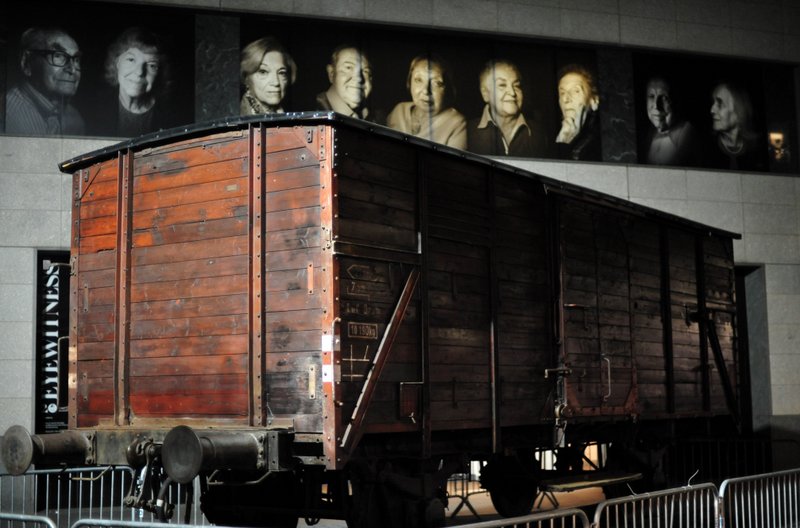
The first thing a visitor encounters is the exhibit’s iconic boxcar parked in front of the museum. It offers an opportunity to stand nearby, looking up at it, as a person about to be transported to his death might have done in 1940s Germany. Progressing through the three floors of exhibit you glean more details: between 75 and 125 people were packed into one of these boxcars. Two pails were provided: one for drinking water, the other for a toilet. Their journey took days. It was so crowded that in order to sit down somebody had to stand up.
The scale of Auschwitz is a shock. It was actually a complex of almost 50 concentration and extermination camps. It was located in German occupied Poland.
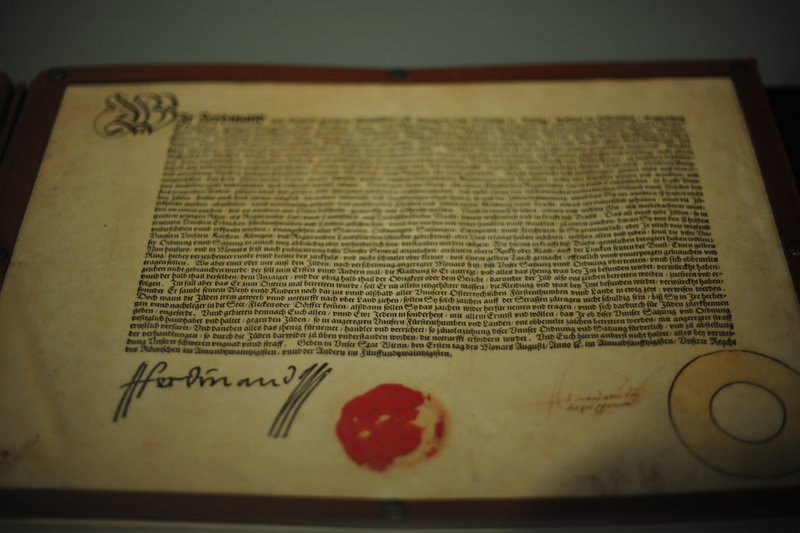
The exhibit traces German antisemitism back to at least Frederick the Great in the 18th Century. Nazi bigwig Hermann Goering was presented with a Proclamation by King Frederick requiring Jews to wear a yellow circle on their outer garment. This was more or less around the time of the American and French Revolutions.
It’s been said that the Holocaust didn’t begin with the gas chambers. The exhibit includes Nazi hate propaganda from the 1930’s that conditioned German minds for the Final Solution, i.e. mass murder.
The Nazis showed no mercy for children. A major purpose of Auschwitz was slave labor to support the German war economy. Old people and little kids were useless for hard work and were executed upon their arrival. By the end of the war 90% of the Jewish kids in Europe had been murdered by Nazis. Roma and disabled children were killed too.
“Prisoner Jan Liwacz oversaw the forging of the Arbeit Macht Frei (Work Sets You Free) gate to the Auschwitz camp. He welded the letter B in ARBEIT upside down. Many prisoners interpreted this as an act of resistance.”
“In the 1930s, German artist Felix Nussbaum lived in exile in Belgium. In 1940 the Germans invaded; he was once again living under Nazi rule. Nusbaum painted this work during that time. In it he is overcome by fear, yet he tries to comfort his niece Marianne. His fear was well founded – both would be murdered in Auschwitz.”
“Jewish-Greek army officer Alberto Errera joined the resistance during the German occupation., assuming the name Aleksos (Alex) Michaelides. Captured, Errera was sent to Auschwitz in April 1944 and selected for the Sonderkommando. He took four photographs from Crematorium 5. On August 9, Errera attempted an escape but was captured, tortured, and killed. The SS exposed his mutilated body at the camp gate as a final revenge to a man who had defied them.”
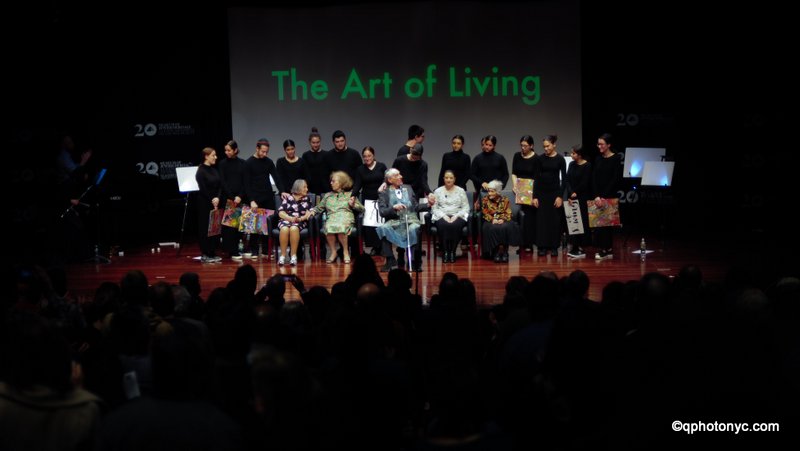
The Gazette was fortunate to visit the exhibit on the same day that Witness Theater performed “The Art of Living.” The show featured High School students and Holocaust survivors in collaboration to share and perform stories of growing up during that period of history.
At the end of the exhibit there’s a wall with home movies from Jewish and Roma families in Europe made in the 20s and early 30s projected on it: families playing cards or fooling around at the beach, picking up stuff to make dinner on a market street, driving a tractor through a field, people dancing at a party. There was no holding back tears of sorrow and shame.
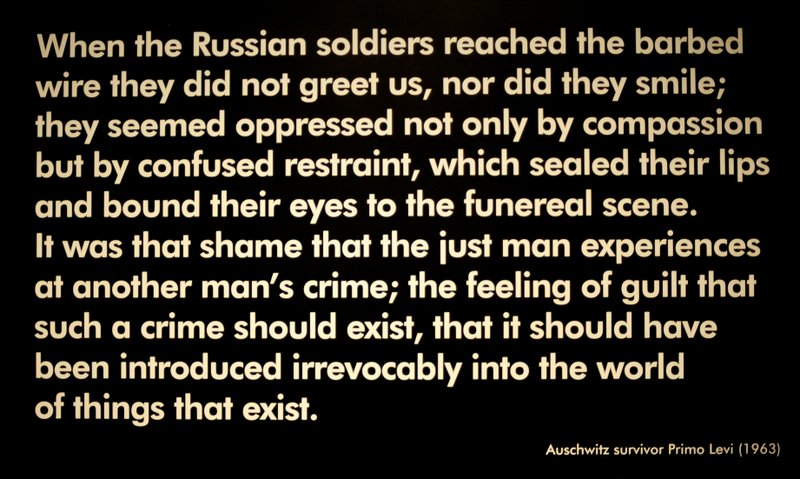
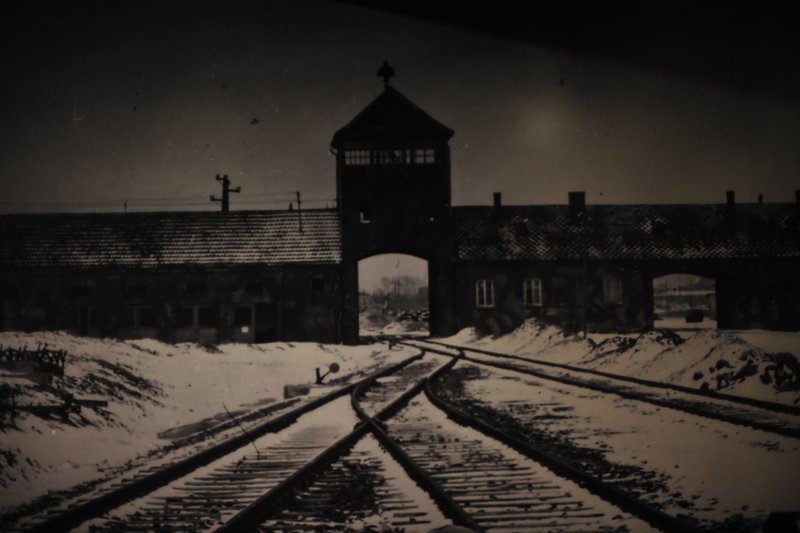
“We must be listened to: above and beyond our personal experience, we have collectively witnessed a fundamental unexpected event, fundamental precisely because unexpected, not foreseen by anyone. It happened, therefore it can happen again: this is the core of what we have to say. It can happen, and it can happen everywhere.” ~

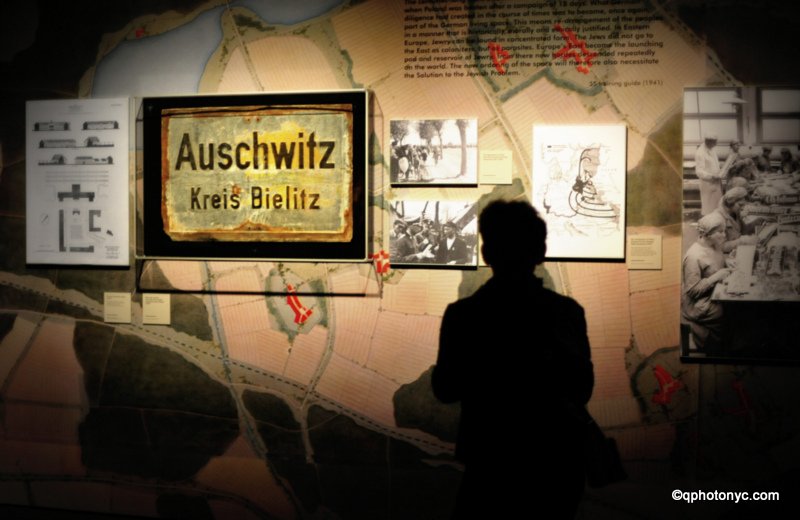

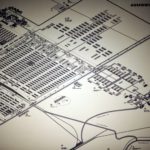
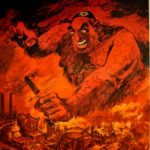

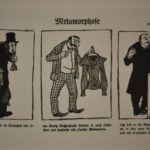

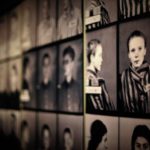


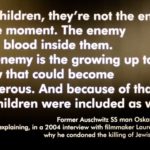
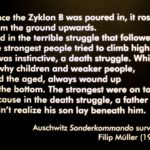
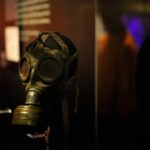
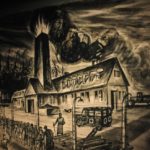
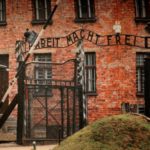

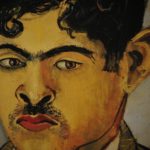
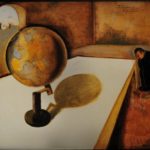
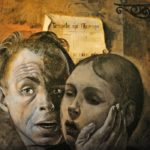

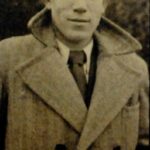
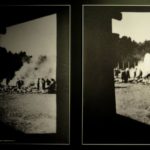
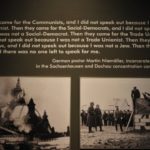
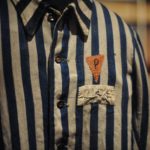
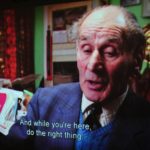

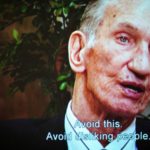
1 Comment
Comments are closed.